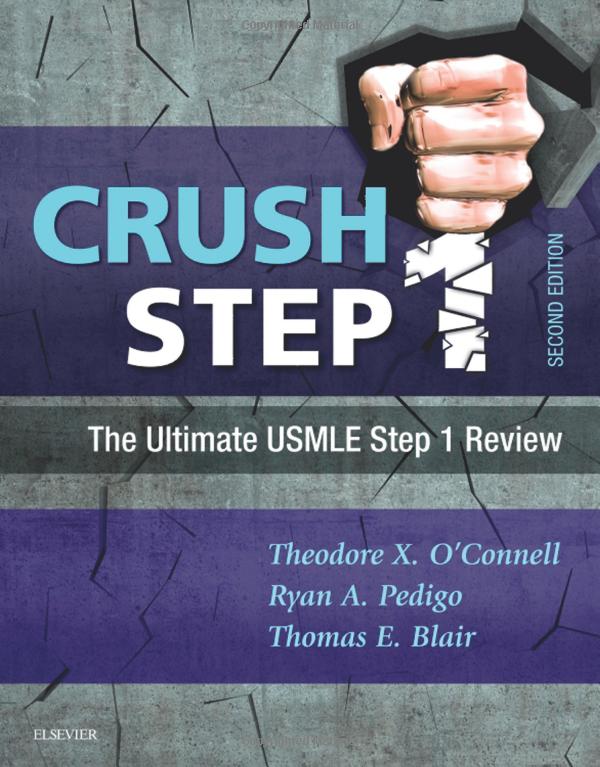A 53-year-old man presents to the orthopedist’s office for evaluation of for recurrent symmetrical shoulder and wrist pain. He has not had any previous trauma and reports that he has not done any lifting since retiring from his sedentary job in air traffic control two years ago. He has a history of end-stage renal disease and has been on hemodialysis for 2 years. The orthopedist believes the pain to be due to a form of amyloidosis in which beta-2 microglobulin is deposited in the scapulohumeral joint as well as the radiocarpal joint.
A) Make up a key component of MHC I
This question presents beta-2 microglobulin amyloidosis in a patient receiving hemodialysis. The healthy kidney usually metabolizes this peptide, but it builds up in hemodialysis patients and is often deposited in the shoulder and wrist joints, causing inflammation and pain. Beta-2 microglobulin, along with an alpha polypeptide chain, make up MHC I, the protein on all nucleated cells responsible for displaying non-self-antigens to CD8+ T cells. If a cell is triggered to downregulate MHC I for any reason such as viral invasion or mutation, natural killer cells are programmed to kill them. MHC II is made up of an alpha and beta heterodimer that does NOT include beta 2 microglobulin.
Answer choice B, mediate antibody binding to its specific antigen, is the function of the fragment antigen binding (Fab) region of an antibody.
Answer C, polymerize to form microfilaments that aid in cell movement and structure, describes actin microfilaments.
Answer D, tag proteins for degradation via the proteasome, describes ubiquitin.
Key Learning Point
Beta-2 microglobulin, along with an alpha polypeptide chain, make up MHC I, the protein on all nucleated cells responsible for displaying non-self-antigens to CD8+ T cells.


